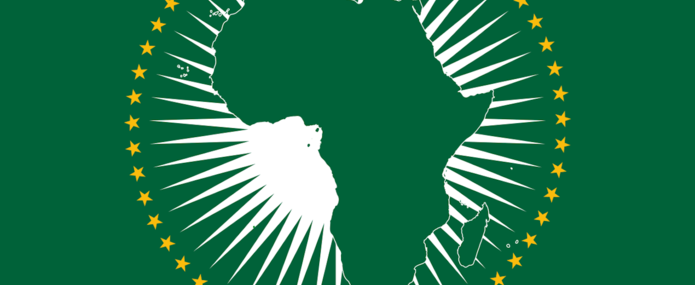The entry into force of the African Continental Free Trade Area (AfCFTA) was approved by all African countries on July 7, 2019. While the procedures for the agreement’s implementation are still to be negotiated, AfCFTA’s political emergence is of primary importance for the future relationships between countries of the continent, and between the continent and other continents. What does the free trade agreement say about the place that Africa’s countries give themselves in international relations, and what conclusions can be drawn from the agreement by the European Union? The political and strategic understanding of the relationships between these two major regions is a prerequisite for both trade negotiations and sustainable development cooperation.
Africa chooses trade with Africa
Ever since Adam Smith and David Ricardo (18th and 19th century economists), it has become the norm to classify countries on an axis ranging from protectionism to free trade, according to their commercial openness. The trade doctrine of the African countries, gathered within the African Union (AU), seems to somewhat defy this taxonomy: the stance taken in the free trade agreement adopted in Niamey on July 7 is a campaign to distinguish between imposed free trade and a conquering free trade.
The regional free trade agreements signed with the European Union (Economic Partnership Agreements, or “EPAs”) fall into the first category, that of “imposed” trade; as does the “Everything But Arms” initiative, adopted by the EU, which grants increased access to the European market. The AU’s imperative was to declare continental free trade as the first legitimate choice, even though the modalities of the AfCFTA had not yet been defined. In short, the political value of a trade agreement is not so much related to the number of liberalised tariff lines, but more in the choice of partner countries. Here, the decision is clear: Africa has chosen to trade with Africa. Put in such simple words, this is a novelty.
The AfCFTA also affirms the AU’s objective to become the main interlocutor of countries outside the African bloc, going beyond the security and peacekeeping missions that currently account for most of its resources and, in addition, to outstrip the regional economic communities that structure the EPAs. This agreement does not however replace these communities. The EPAs still exist, as do the regional economic institutions; nevertheless, the AfCFTA indicates its intention to become a pivotal continental-wide institution.
The AfCFTA also aims to solve the AU’s delicate financial equation. Dependent on international donors and at the mercy of unpredictable financing from its 55 member countries, it went through an unprecedented financial crisis in 2016-2017, due to a non-payment rate from its members of over 30%. The President of Rwanda, Paul Kagame, set out what he’d learned from this episode in a vitriolic report commissioned by the AU: his proposals included the need to reduce dependence on donors, to take the initiative in empowering the budget, and to embrace a continental vision through the introduction of a 0.2% tax on imports from non-African countries. The AfCFTA embodies his recommendations through the dismantling of customs barriers within the continent, in favour of external barriers only. We can therefore understand AfCFTA’s creation as not so much a wholehearted embrace of liberal doctrine, but more of a reinforcement of an African institution that is indispensible today.
What will be the African Union-European Union relationship in the AfCFTA framework?
In this context, the issue facing the partners of continental Africa, and first and foremost the European Union (EU), is a re-evaluation of the added value of its regional approach to economic and trade relations with the African continent, in the wake of the originality of the AfCFTA. The choice made by the EU and the 79 ACP (Africa, Caribbean and Pacific) Member States, including 48 countries in sub-Saharan Africa, has been to promote trade relations in the last 20 years within the Regional Free Trade Agreements (“EPAs”). These agreements are part of a broader agreement that integrates a structured political dialogue for a wide range of topics related to democracy, good governance, migration and the rule of law. This political dialogue, institutionalised within the Cotonou Agreement reached in 2000 between the EU and the ACP countries, does not cover the 55 countries of the AU. Conversely, the AU does not have a structure for political dialogue, as institutionalised in the Cotonou Agreement, to facilitate trade, reconcile points of view and, if necessary, penalise countries on either side of the agreement that do not meet their commercial and non-commercial commitments. The AfCFTA does not designate the EU as a preferred partner, and neither does the AU.
In reality, the EU today is a de facto, but not de jure, preferred partner, and this distinction is important. Because it says that continental Africa gives itself the choice, without prejudicing the outcome. And that (self-)interest prevails, for trade partners and for political relations:. In this respect, the Cotonou Agreement, and the EU’s international cooperation strategy with the African continent (“Partnership and Joint Africa-EU Strategy”) that was also established in 2000 and revised in 2017, may already be out of date. The AfCFTA tells us that the ball is now in the EU’s side of the court, especially when it comes to stating its own expectations in its relationship with Africa.


